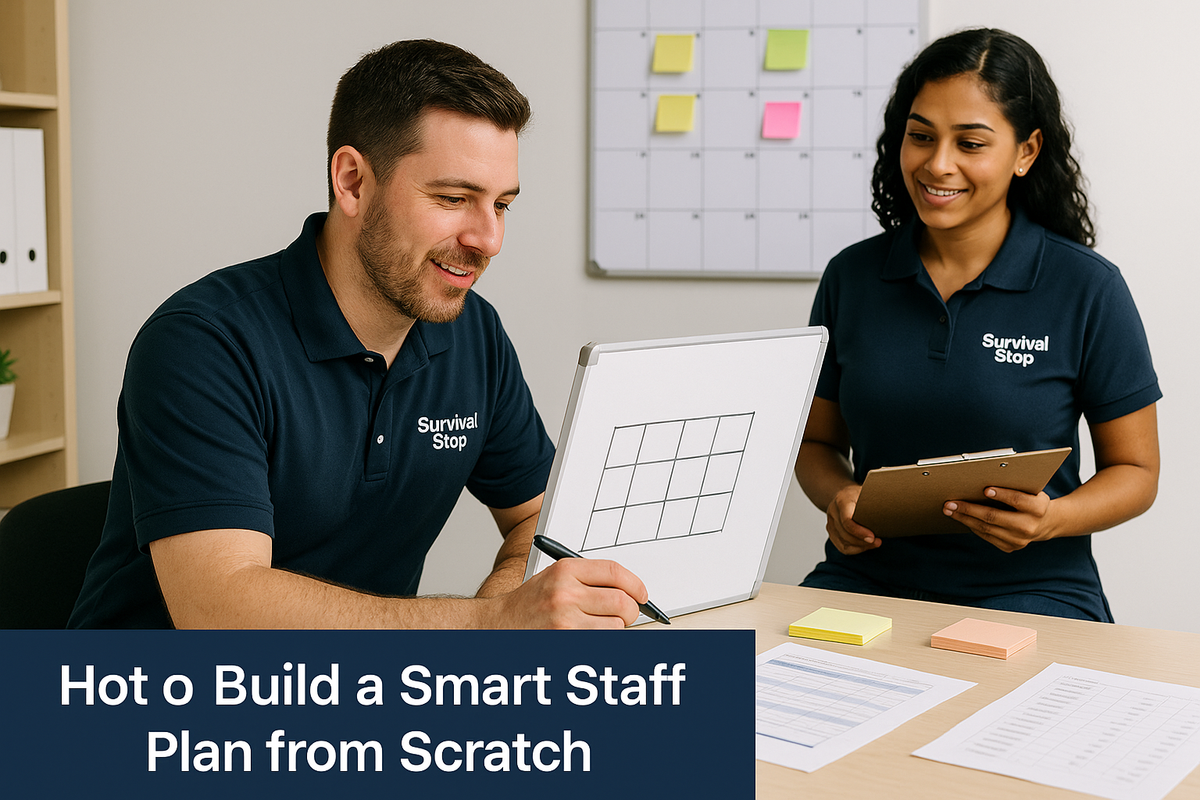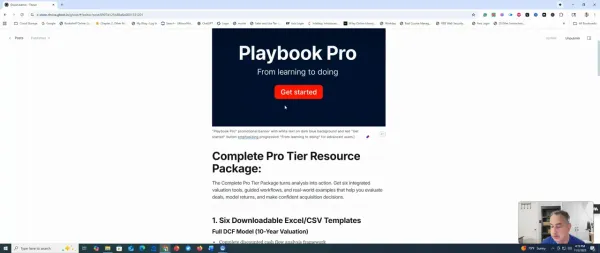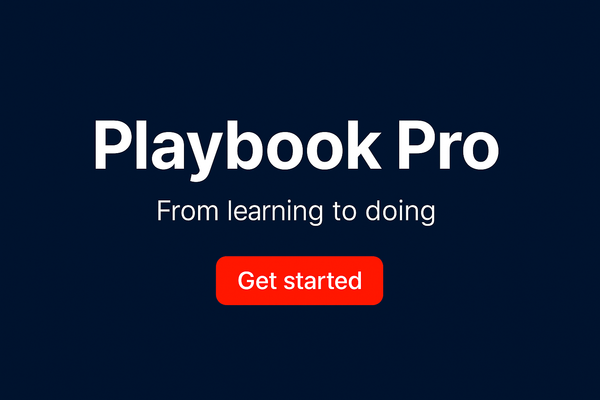How to Build a Smart Staffing Plan from Scratch
Running a convenience store without a proper staffing plan risks breakdowns, burnout, and bad customer experiences. Build a smart plan by understanding store needs, defining roles, creating scheduling frameworks, and building in flexibility for coverage.

Running a convenience store without a proper staffing plan is like trying to drive on fumes—you might make it through the day, but you're risking breakdowns, burnout, and bad customer experiences at every turn. Whether you're managing one location or several, the way you plan your team’s schedule sets the tone for everything else.
Let’s walk through how to build a staffing plan that keeps your store covered, your employees sane, and your customers coming back.
🔍 Step 1: Understand Your Store's Staffing Needs
Start by answering this question: What does it actually take to run this store well, hour by hour, day by day?
Break it down:
- Openers (early morning rush, coffee, breakfast)
- Midday support (stocking, customer flow, cleaning)
- Evening crew (dinner crowd, closing duties)
- Peak days (Friday nights, paydays, holiday weekends)
Use historical sales data, foot traffic patterns, and team feedback to estimate ideal coverage. A labor needs worksheet (👋 download below) helps make this visual.
🧰 Step 2: Define Roles and Responsibilities
Every shift needs coverage—but not every shift needs everyone. Map out what tasks must be done and what roles are essential per shift. This helps avoid overstaffing or piling too much on one person.
Typical roles in a C-store might include:
- Cashier – register operations, greeting customers
- Stocker – refill coolers, rotate items
- Foodservice – if applicable, prep and serve hot food
- Maintenance – general upkeep and cleaning
Assign responsibilities clearly, especially for smaller teams where roles often overlap.
📅 Step 3: Build a Weekly Scheduling Framework
Now you’re ready to draft the actual plan. Use a template (or your POS-integrated software if available) to create a weekly schedule with built-in:
- Coverage blocks by role
- Shift rotations for fairness
- Availability and PTO visibility
If you’re still writing your schedule on napkins or whiteboards, stop. Use an editable Excel sheet or app that lets you copy, paste, adjust, and track changes easily.
🛠 Step 4: Factor in Flexibility
Things change. People call out. Someone’s grandma turns 100 and the whole weekend falls apart.
Plan for it:
- Maintain a bench of part-time or on-call staff
- Build in overlap coverage during peak hours
- Allow for shift swaps with manager approval
Flexible doesn’t mean chaotic—it means prepared.
💬 Step 5: Communicate the Plan and Set Expectations
A schedule only works if everyone sees it and understands it. Post it early (at least 5–7 days in advance). Walk through key expectations in your team huddle.
Use this simple script:
“Here’s the game plan for next week. If you have a conflict, let me know by [day]. We’ll do our best to accommodate changes—but once it’s locked in, we need everyone to show up ready to go.”
🧠 Pro Tip: Involve Your Team from the Start
Want fewer callouts and less drama? Ask your team for availability before finalizing the schedule. Even better—rotate roles and get feedback on what’s working and what isn’t. Scheduling doesn’t have to be a solo chore.
🚀 Wrap-Up
Creating a staffing plan doesn’t have to be overwhelming. With the right framework, tools, and communication style, you’ll not only keep the store running—you’ll build a team that runs it with you.





